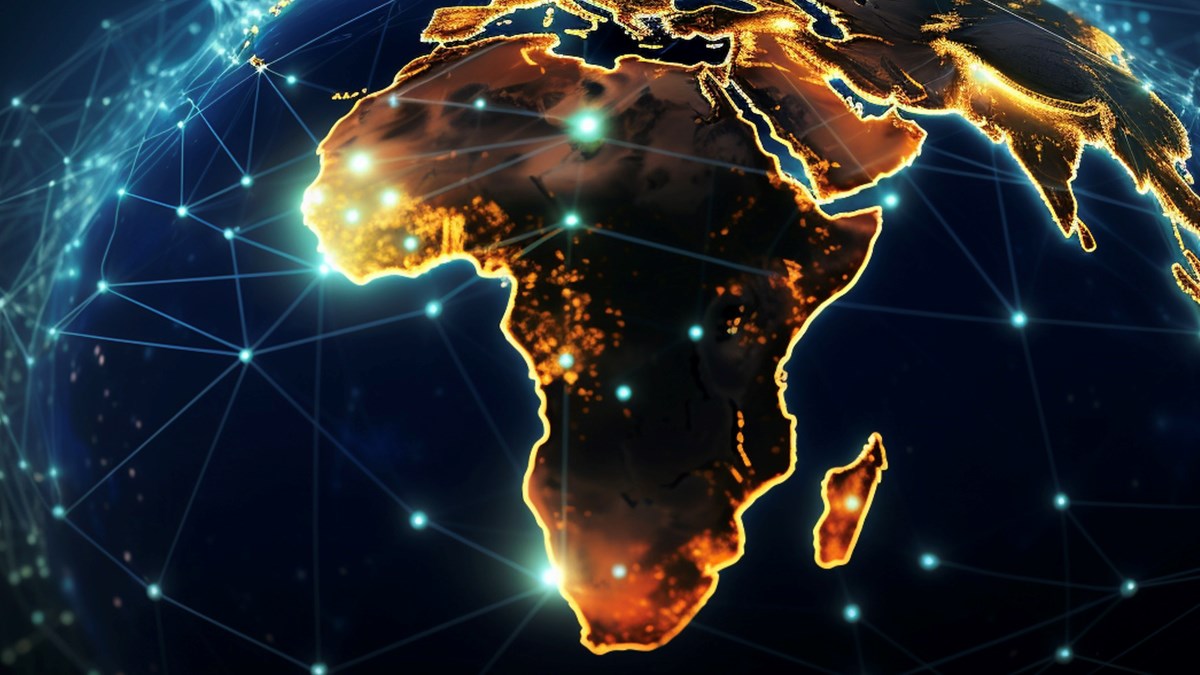
MTN Ghana is by far the country’s largest mobile operator, with about 28 million mobile customers (about 67% market share), of which 16 million are using data services and almost the same number using mobile money services. Telecel Ghana (formerly Vodafone Ghana) has about 7.3 million mobile customers (about 18% market share) and AT Ghana (formerly AirtelTigo) has about 5 million users (a market share of about 13%).
The second and third mobile operators, Telecel (part of the broader pan-African Telecel Group) and AT Ghana, have signed up to be NGIC partners, so they will effectively be anchor tenants for the network when it swings into action which, perhaps optimistically, is scheduled for the second half of this year. There is no mention yet of MTN’s involvement but as things stand, it seems there is little option for MTN other than to use the NGIC for 5G service delivery as no other 5G licences are planned. Also, as the government has noted, one of the reasons for taking the shared network approach is to avoid a repetition of Ghana’s 4G experience, when MTN gained significant market advantage and ended up as a service provider with ‘significant market power’ that was constraining competition. The financial details of the rollout have not been shared but private investment has been identified as the source of capital.
What’s really interesting is the roll call of the other NGIC partners, namely the government of Ghana, pan-African systems integrator Ascend Digital, local satellite teleport facilities operator K-NET, and then three names that are well known in the telecom technology sector – Radisys, Nokia and Tech Mahindra.
Nokia, of course, offers a broad range of network infrastructure technologies to operators around the world but, importantly, is already a well established partner to Ascend Digital. The other two key technology partners are from India – IT and systems integration giant Tech Mahindra, which has decades of experience in the global telecom sector, and Radisys, the telecom software stack specialist that is part of the Jio Platforms portfolio and also includes India’s leading mobile operator Reliance Jio.
Tech Mahindra has long been an international player, but Jio Platforms, having developed a portfolio of cost-effective technologies and products that are now proven in one of the largest and fastest-growing mobile networks in the world, is just starting to reach out beyond India, and it has a lot to offer. Reliance Jio has not only built out India’s most successful 4G network and become the market leader with more than 460 million mobile connections, it has also recently deployed a national 5G network in less than 18 months and has already signed up more than 100 million 5G customers in a country with low average revenue per user (ARPU) levels. This means everything needs to be built and run with the ultimate capex and opex efficiency in mind and married with the availability of low-cost end user devices (something that Jio Platforms has also developed).
Radisys is now bringing that experience to Ghana as part of the NGIC partnership. It’s worth noting too that the NGIC plans are not limited to cellular services but include 5G fixed wireless access (FWA) services for broadband service rollout. And both Nokia and Radisys (courtesy of its Mimosa acquisition) have FWA technology and expertise as part of their portfolios.
But the plans don’t stop there: As the Jio Platforms unit noted in the press release announcing its involvement in the Ghana rollout, “the goal is to replicate this high-speed mobile data model across Africa, beginning with Ghana.”
That ambition is shared by Ascend Digital: Its CEO Harkirit Singh is quoted as saying, “We have proven strengths of our partners – Radisys, Nokia and TechM – to scale the network and deliver affordable mobile broadband services to all Ghanaians. We intend to gradually expand to other parts of Africa as well. We will tap the capital markets and bring in strategic investors as and when required.”
This looks like a clear sign that Huawei and ZTE are going to face stronger competition across Africa in the coming years from a partnership built on local expertise, international experience and technology from India and Europe.
It’s also worth noting that the NGIC plans aren’t linked to any breakdown in, or lack of, positive relations between Ghana’s government and China – quite the opposite in fact, as this announcement from Ghana’s Ministry of the Interior shows. Ghana has a history of positive financial relations with China, though it has a broad spread of lenders as this LSE blog notes.
So this isn’t a sign of failing relations between Ghana and China but more a sign that India – and Jio Platforms and Tech Mahindra in particular – sense an opportunity to play a role in Africa’s 5G development.
It’s worth remembering, though, that wholesale shared mobile networks don’t have a great track record and the Ghanaian government will have to be strong and fair to make this work. But if it does, then NGIC’s partners and their model will be one to keep an eye on in the coming years.
– Ray Le Maistre, Editorial Director, TelecomTV
This post was originally published on the 3rd party mentioned in the title ofthis site




